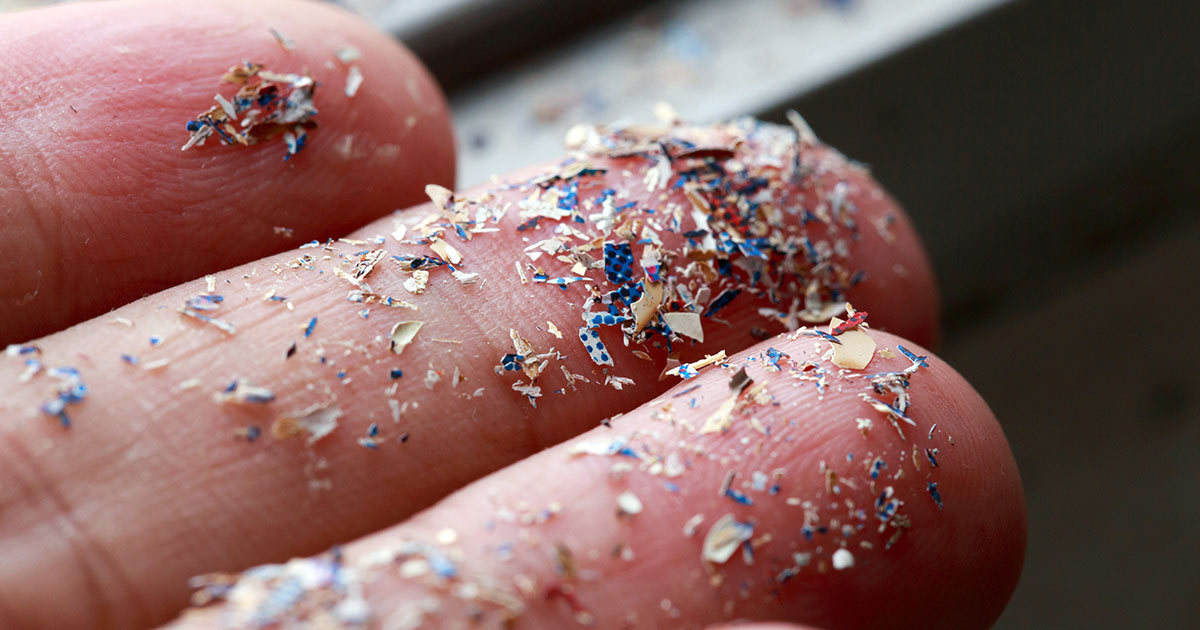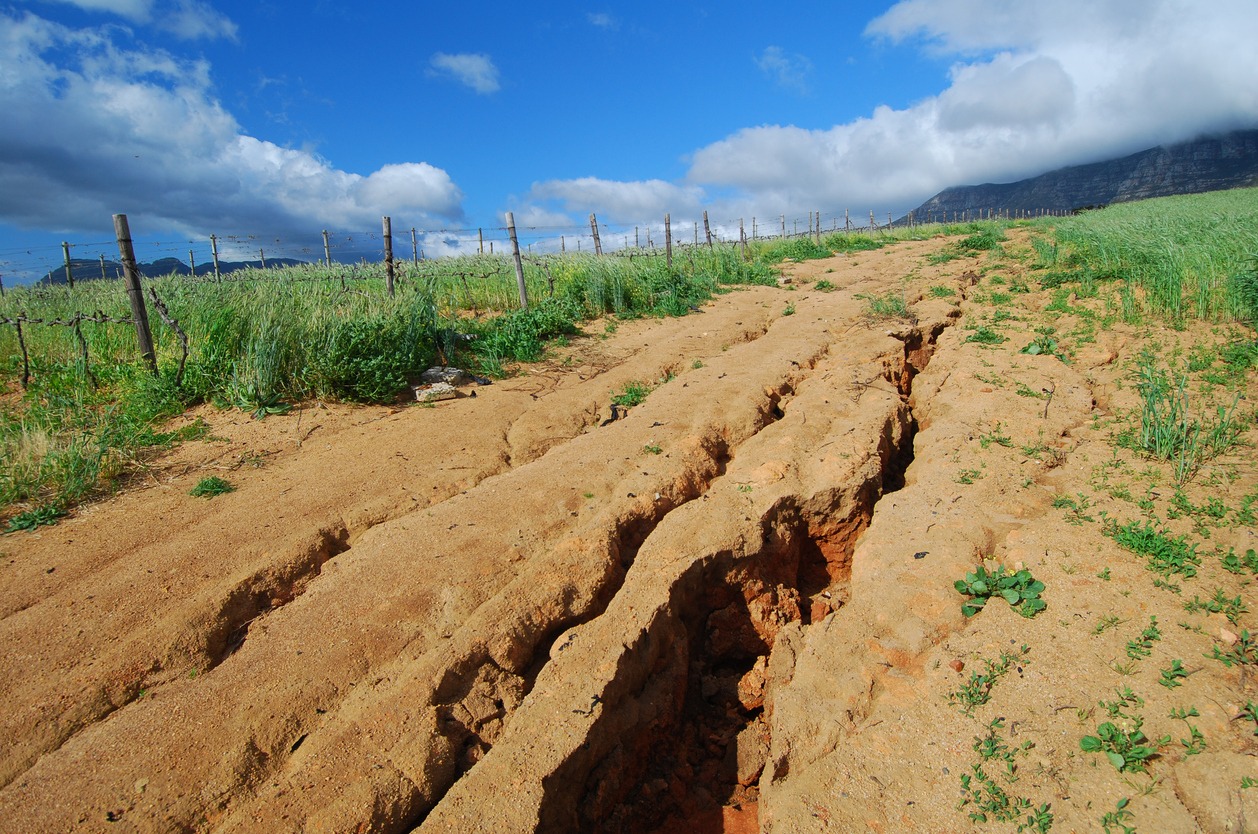New research shows there is ten to 100 times more tiny plastic particles — called nanoplastics — in single-use bottled water than previously thought. In addition, recent evidence has demonstrated the presence of microplastics, which are larger than microscopic nanoplastics but smaller than 5 millimeters, in human lung, blood, and placenta tissues, as well as in human breastmilk.
“How the presence of these microplastics and nanoplastics in the air, water, food, clothing, and other environmental media, as well as their entry into the human body, affect health is not well understood,” said Lingamanaidu Ravichandran, Ph.D., a program officer who oversees a research portfolio that includes micro/nanoplastics. “NIEHS seeks to promote investigations to understand the potential human health effects.”
To that end, the institute expressed special interest in grant applications that investigate exposure to, and health effects of, microplastics and nanoplastics. Explore the following tips for applicants below.
- Notice of Special Interest (NOSI): Understanding Exposure and Health Effects of Micro and/or Nanoplastics
Notice of Special Interest (NOT-ES-23-002).
- Application deadline
Applications may be submitted using one of the following funding opportunity announcements through November 16, 2027.- PA-20-185: Research Project Grant (Parent R01 Clinical Trial Not Allowed).
- PA-20-195: NIH Exploratory/Developmental Research Grant Program (Parent R21 Clinical Trial Not Allowed).
- PA-20-196: NIH Exploratory/Developmental Research Grant Program (Parent R21 Basic Experimental Studies with Humans Required).
- Who is eligible?
Higher education institutions, nonprofits, for-profit organizations, local governments, including Indian/Native American Tribal Governments, and community-based organizations. See the full list in the funding opportunity announcements above.
- NOSI-specific tips
- NIEHS seeks to support research that improves understanding of the physiochemical characterization, exposure, and related human health effects of microplastics and nanoplastics.
- Applications should include a team of investigators with multidisciplinary expertise. It is highly recommended the proposed studies are well controlled; special emphasis is placed on the characterization of the micro or nanoplastics species for the size, shape, and type; and consideration is given to environmentally relevant concentrations and the most important characteristics of the micro or nanoplastics.
- Research focused on exposure assessment may include but is not limited to: developing screening methods to rapidly detect, quantify, and assess micro/nanoplastics exposure levels in air, food, drinking water, and biological fluids or tissues; developing analytical methods to assess the size, shape, type, surface property, and chemical composition of micro/nanoplastics; and developing sensor/monitoring technologies or tools to detect personal exposure levels.
- Research focused on health effects may include but is not limited to: characterizing the biological or toxicological effects, such as oxidative stress, inflammation, gut microbiome, or other systemic effects; using alternative model systems (e.g., Zebrafish, Caenorhabditis elegans) for toxicity studies; and characterizing biodistribution, bioaccumulation, and excretion of well characterized and environmentally relevant micro/nanoplastics.
- For funding consideration, applicants must include NOT-ES-23-002 (without quotation marks) in the Agency Routing Identifier field (Box 4B) of the SF424 R&R form. Applications without this information in Box 4B will not be considered for this initiative.
- Additional resources
Please direct any questions related to the scientific aspects of this NOSI to Lingamanaidu V. Ravichandran, Ph.D.
(Caroline Stetler is Editor-in-Chief of the Environmental Factor, produced monthly by the NIEHS Office of Communications and Public Liaison.)
Source link
factor.niehs.nih.gov



